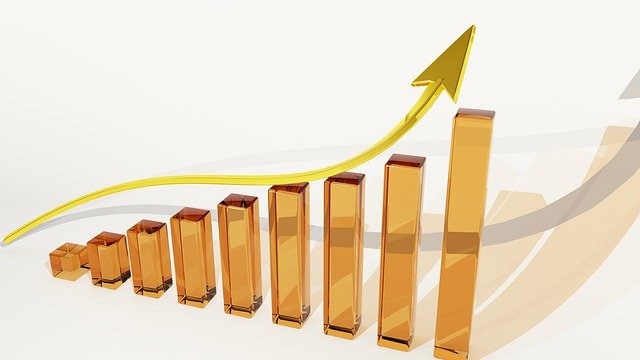When it comes to investing, some companies that reinvest all of their free cash flow will do quite well. Amazon and Berkshire Hathaway come to mind. These companies provide no regular cash flow for investors unless shareholders sell off a portion of their shares. The desire for passive income will drive many people to dividend stocks.
What Is A Dividend Stock
Simply put, a dividend stock is a stock that pays a dividend. In order to pay a dividend over the long haul, a company must be profitable. Essentially, a company is able to pay dividends out of the free cash flow that it’s able to produce. Most companies that pay dividends will provide quarterly payments for shareholders. If you own a share of a quarterly payer, you can expect to receive a payment every three months as long as you hold the stock on the ex-dividend date. Other companies will pay out on a different schedule. A few pay annual dividends. A few real estate companies pay out monthly dividends.
 A subset of the dividend stock landscape includes companies that have dividend growth stocks. These companies pay out increasing dividends each year. Companies that grow their dividends tend to be companies that can increase revenue and net income over time. Some of the top dividend growth companies have been able to increase their dividends for at least 50 years in a row. Dividend growth investors tend to seek out those companies that have lengthy records of increasing their dividends. Over time, the increased dividends start to compound and lead to even greater income for investors who choose to reinvest the dividends.
A subset of the dividend stock landscape includes companies that have dividend growth stocks. These companies pay out increasing dividends each year. Companies that grow their dividends tend to be companies that can increase revenue and net income over time. Some of the top dividend growth companies have been able to increase their dividends for at least 50 years in a row. Dividend growth investors tend to seek out those companies that have lengthy records of increasing their dividends. Over time, the increased dividends start to compound and lead to even greater income for investors who choose to reinvest the dividends.
Are Dividend Stocks A Good Investment?
Dividend stocks can be a very good investment. Companies that pay dividends, as noted above, are companies that produce revenue and net income. Companies that increase these numbers regularly are frequently those that are also able to increase their dividends regularly. While dividend stocks will not necessarily grow as rapidly as some companies that do not pay dividends, they can still be very good investments when held over a long period. Many investors have received more in dividend payments than the amount they initially invested. When looking for an appropriate dividend-paying option to invest in, it’s a good idea to find one that has a low dividend payout ratio. This is the percentage of a company’s net income that goes out to shareholders in dividend payments. A lower payout ratio is generally better.

Pros And Cons Of Investing In Dividend Stocks
The most significant benefit that comes from investing in dividend stocks is the cash payments that come from dividend stocks. While a $0.25 dividend per quarter per share might not seem like much, it can add up to a substantial amount as it gets reinvested and starts to compound. If you choose to purchase a dividend stock, you can reinvest it into more shares of the same company, or you can save up your dividends and buy shares of another dividend-paying company. When you reach retirement age, you can also spend the dividend payments. As long as your income places you no higher than the 12% tax bracket, you won’t have to pay any taxes on your qualified dividends.
One of the biggest problems with a dividend payment is the fact that it’s a payment of cash that a company can never use for another purpose. If there’s a market downturn, there is no way to claw back a dividend a company paid in the past. The dividend payments cannot go toward building the company.

Investing in dividend stocks is a great way to build passive income. However, it’s important to invest in multiple companies to cut down on the likelihood that one dividend cut or suspension severely impacts your standard of living.
